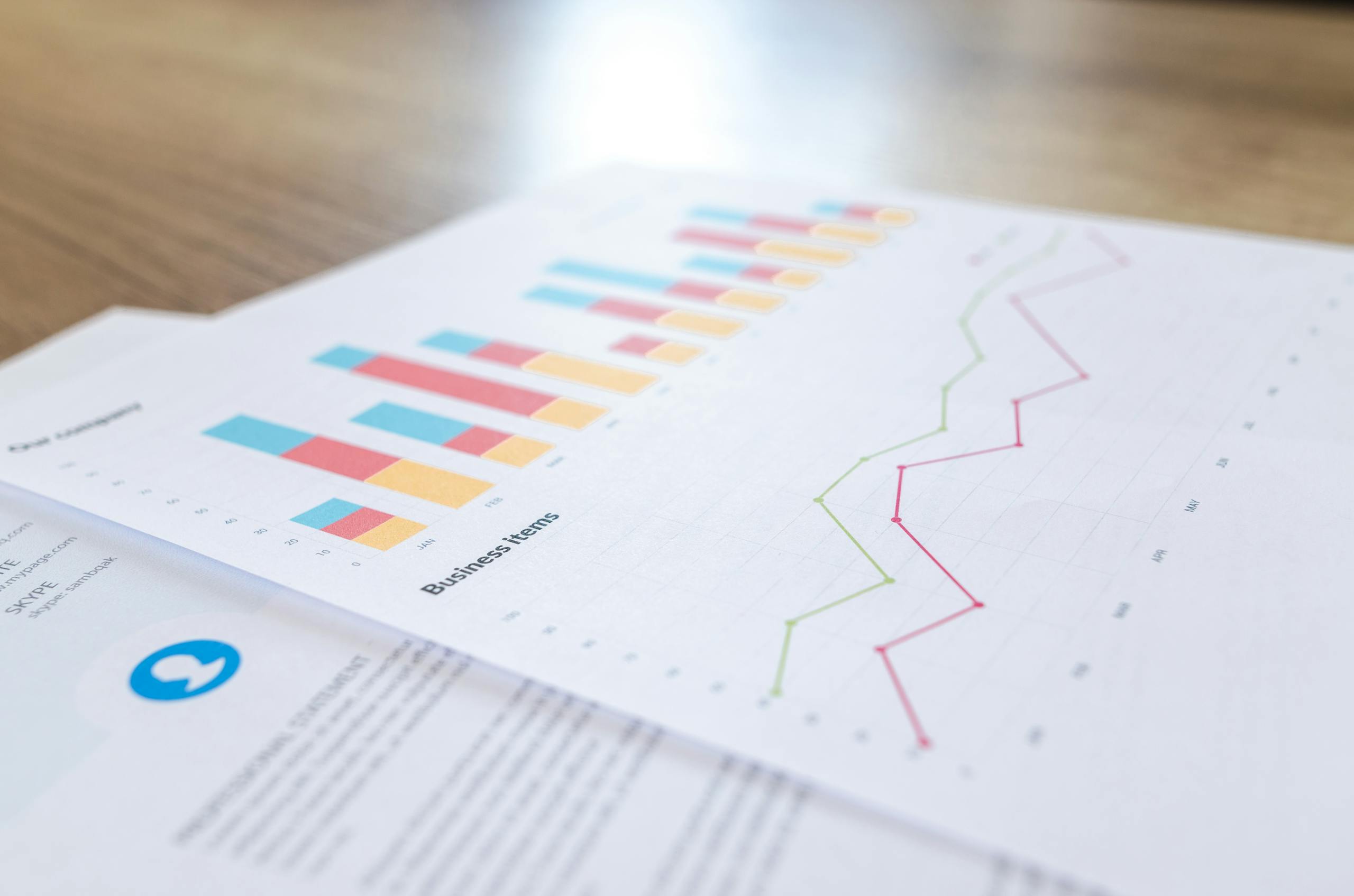The Evolution of MarTech: Navigating the New Era of AI Integration
The marketing technology landscape is at a significant inflection point, rapidly transforming from a collection of disparate tools into a cohesive, AI-driven ecosystem. This evolution promises unprecedented levels of precision, personalization, and efficiency. This article explores this shift through three core areas: the architecture of an integrated MarTech ecosystem, the strategic role of AI and LLM-powered tools, and the transformative use cases of Generative AI. The key to navigating this new frontier lies in a hybrid strategy that masterfully combines AI’s analytical power with irreplaceable human creativity.
The Foundation: Building an Integrated MarTech Ecosystem
A high-performing MarTech stack is no longer about having the most tools, but about how well those tools work together. The modern stack is built on a foundation of several core components.
- Customer Data Platform (CDP): This serves as the heart, creating unified customer profiles.
- Customer Relationship Management (CRM): This centralizes all customer and prospect data.
- Marketing Automation Platform (MAP): This is the engine for automating campaigns and workflows.
- Analytics Engines: These provide the crucial insights needed for optimization.
Data is the central artery of this ecosystem, and seamless integration is what allows it to flow. APIs enable interoperability between platforms, while data warehouses and reverse ETL processes ensure that data is not just stored but activated across various tools.
However, building this integrated system comes with challenges. Many organizations still struggle with data and software silos, which create a fragmented customer view. Poor data quality can undermine the effectiveness of AI, and operational inefficiencies lead to wasted resources. To overcome these hurdles, it is essential to align marketing goals with a clear technology strategy, audit the current stack, map out a comprehensive data strategy, and choose vendors who prioritize integration.
Powering Up: The Strategic Role of AI & LLMs in MarTech
Artificial Intelligence is fundamentally shifting marketing strategy from being reactive to proactive, and ultimately, predictive. This evolution moves marketing analysis through several stages: from descriptive analytics (what happened) and diagnostic analytics (why it happened) to the forward-looking power of predictive analytics (what will happen).
Predictive analytics allows marketers to forecast customer behavior, predict churn, and implement AI-driven lead scoring to focus efforts where they will have the most impact. The emergence of Large Language Models (LLMs) has further enhanced these capabilities. LLMs democratize data access by allowing team members to use natural language queries to generate insights and instant visualizations without needing a data scientist.
This AI integration supercharges personalization and optimization efforts. It enables:
- Hyper-personalized experiences tailored to individual users.
- Real-time content adaptation based on user behavior.
- Automated A/B testing to continuously refine campaigns.
- Increased marketing automation efficiency by optimizing workflows and decisions.
The Creative Revolution: Generative AI in Marketing
Generative AI is set to revolutionize content creation and personalization, with the market projected to grow from $2 billion in 2022 to over $22 billion by 2030. Its applications across the marketing function are vast and impactful.
Key use cases include:
- Content Creation: Generating high-quality text for blogs, ads, and social media posts, as well as creating visuals and videos for brand campaigns.
- Personalization: Crafting 1-to-1 dynamic content and enabling micro-segmentation at a scale previously unimaginable.
- Process Automation: Automating tasks like creating social media posts and email sequences.
- Idea Generation: Acting as a creative co-pilot to brainstorm new campaign concepts.
- Customer Experience: Powering sophisticated AI chatbots and virtual assistants.
- Data Insights: Fueling predictive analysis to inform strategy.
This technology is the driving force behind true hyper-personalization, allowing for tailored campaigns and AI-driven customer journey orchestration. For example, a chatbot implemented by Hermès led to a 35% increase in customer satisfaction, demonstrating the power of AI in enhancing the customer experience. Furthermore, AI is optimizing the creative process itself through Dynamic Creative Optimization (DCO) and AI-powered creative testing platforms that can predict ad performance.
Conclusion: The Hybrid Future of Marketing
The future of MarTech is not a fully automated world, but a hybrid one that leverages the distinct strengths of both artificial intelligence and human talent. AI will provide the precision, automation, and personalization necessary to operate at scale, while humans will supply the strategic creativity, brand stewardship, and emotional connection that builds lasting customer relationships. Success in this new era will belong to the organizations that can build a flexible, composable architecture and foster a culture where human ingenuity and machine intelligence work in concert.
